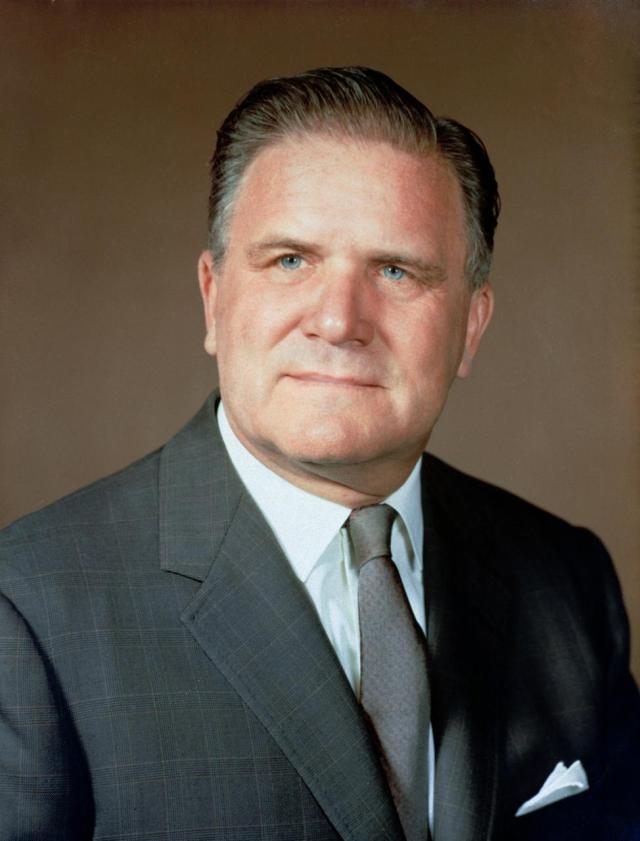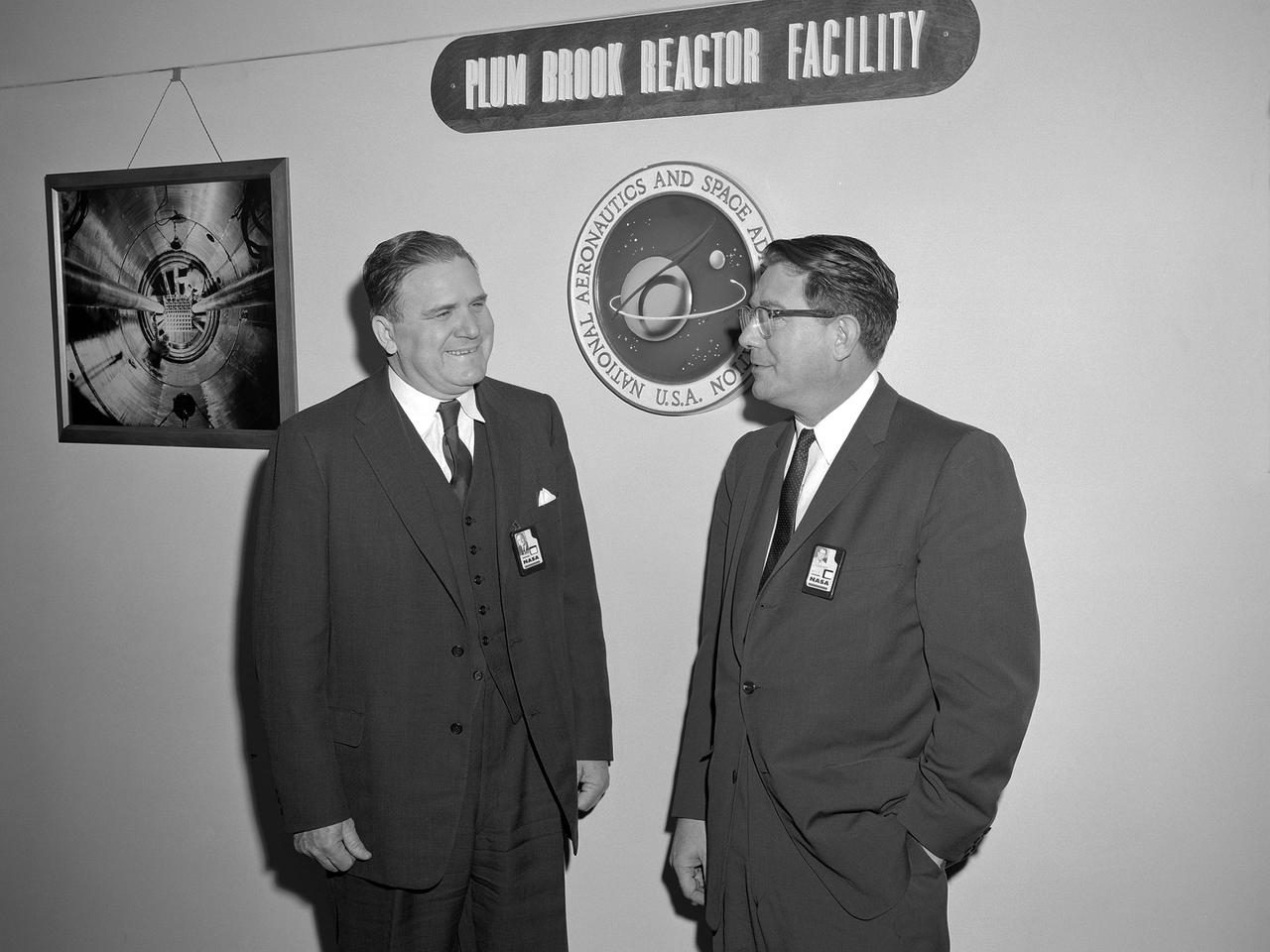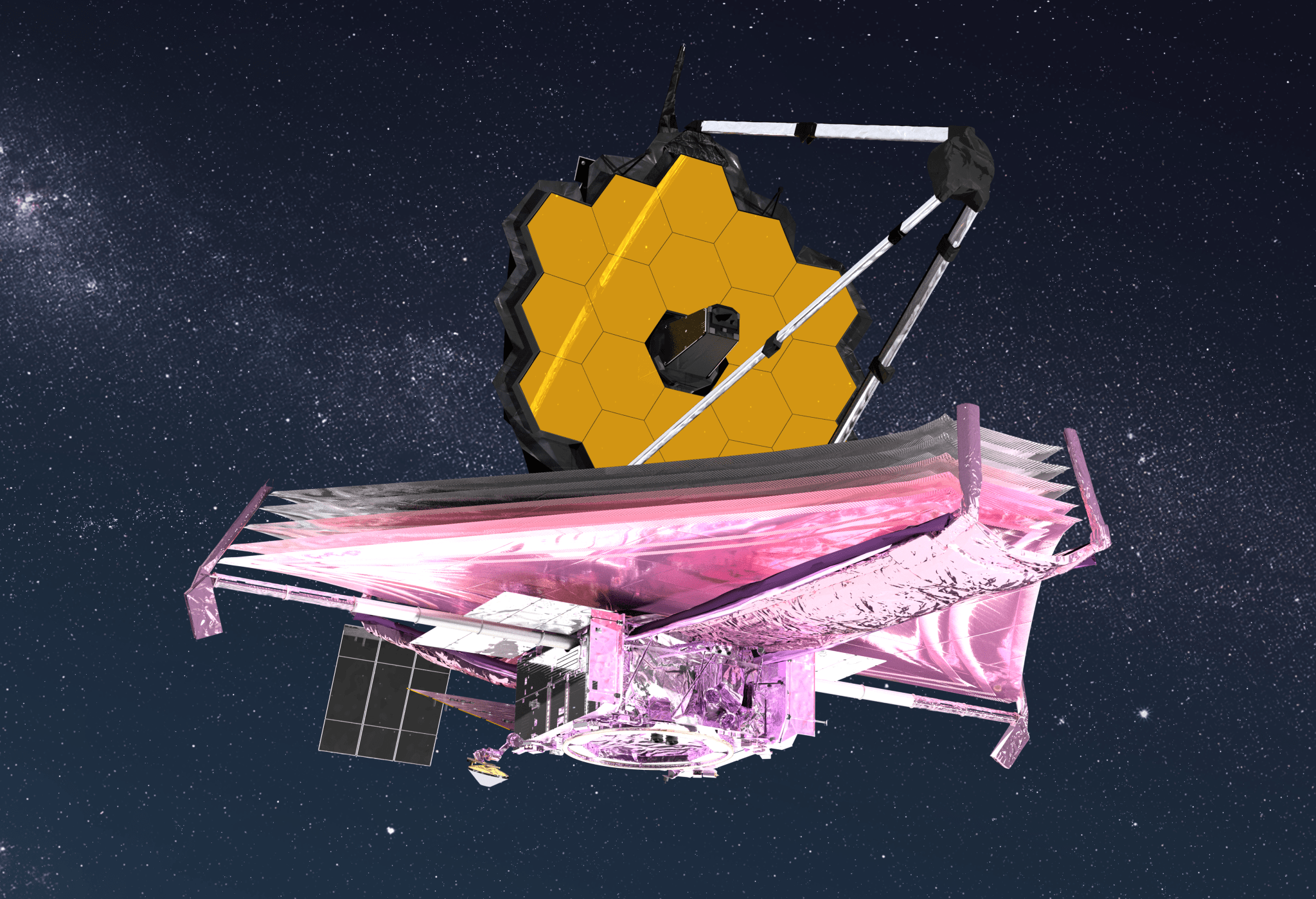
James E. Webb
NASA Administrator (Feb. 16, 1961–Oct. 7, 1968)
James Edwin Webb was the second administrator of the National Aeronautics and Space Administration, formally established on October 1, 1958, under the National Aeronautics and Space Act of 1958.
Born on October 7, 1906, in Tally Ho, North Carolina, he was the son of John Frederick and Sarah Gorham Webb. His father was superintendent of schools in Granville County for 26 years. In 1938 he married Patsy Aiken Douglas and they had two children: Sarah Gorham, born on February 27, 1945, and James Edwin Jr., born on March 5, 1947.
Mr. Webb was educated at the University of North Carolina, where he received an A.B. in education in 1928. He became a second lieutenant in the Marine Corps and served as a pilot on active duty from 1930–1932. He also studied law at George Washington University from 1934–1936 and was admitted to the Bar of the District of Columbia in 1936.
He enjoyed a long career in public service, coming to Washington in 1932 and serving as secretary to Congressman Edward W. Pou, 4th North Carolina District, Chair of the House Rules Committee, until 1934. He then served as assistant in the office of O. Max Gardner, attorney and former governor of North Carolina, in Washington, D.C., between 1934 and 1936. In 1936 Mr. Webb became personnel director, secretary-treasurer and later vice president of the Sperry Gyroscope Company in Brooklyn, New York, before re-entering the U.S. Marine Corps in 1944 for World War II.
After World War II, Mr. Webb returned to Washington and served as executive assistant to O. Max Gardner, by then Under Secretary of the Treasury, before being named as director of the Bureau of the Budget in the Executive Office of the President, a position he held until 1949. President Harry S. Truman then asked Mr. Webb to serve as Under Secretary of State, U.S. Department of State. When the Truman administration ended early in 1953, Mr. Webb left Washington for a position in the Kerr-McGee Oil Corp. in Oklahoma City, OK.
James Webb returned to Washington on February 14, 1961, when he accepted the position of administrator of NASA. Under his direction the agency undertook one of the most impressive projects in history, the goal of landing an American on the Moon before the end of the decade through the execution of Project Apollo.
For seven years after President Kennedy’s May 25, 1961, lunar landing announcement, through October 1968, James Webb politicked, coaxed, cajoled, and maneuvered for NASA in Washington. As a longtime Washington insider he was a master at bureaucratic politics. In the end, through a variety of methods Administrator Webb built a seamless web of political liaisons that brought continued support for and resources to accomplish the Apollo Moon landing on the schedule President Kennedy had announced.
Mr. Webb was in the leadership of NASA when tragedy struck the Apollo program. On January 27, 1967, Apollo-Saturn (AS) 204, was on the launch pad at Kennedy Space Center, Florida, moving through simulation tests when a flash fire killed the three astronauts aboard—”Gus” Grissom, Edward White, and Roger Chaffee.
Shock gripped NASA and the nation during the days that followed. James Webb told the media at the time, “We’ve always known that something like this was going to happen soon or later. . . . who would have thought that the first tragedy would be on the ground?” As the nation mourned, Webb went to President Lyndon Johnson and asked that NASA be allowed to handle the accident investigation and direct the recovery from the accident. He promised to be truthful in assessing blame and pledged to assign it to himself and NASA management as appropriate. The agency set out to discover the details of the tragedy, to correct problems, and to get back on schedule.
Mr. Webb reported these findings to various Congressional committees and took a personal grilling at nearly every meeting. While the ordeal was personally taxing, whether by happenstance or design Webb deflected much of the backlash over the fire from both NASA as an agency and from the Johnson administration. While he was personally tarred with the disaster, the space agency’s image and popular support was largely undamaged. He left NASA in October 1968, just as Apollo was nearing a successful completion.
After retiring from NASA, Mr. Webb remained in Washington, D.C., serving on several advisory boards, including as a regent of the Smithsonian Institution. He died on March 27, 1992 and is buried in Arlington National Cemetary.
For more information about James E. Webb see the 1995 biography published by the Johns Hopkins University Press, issued in the “New Series in NASA History.” Written by W. Henry Lambright of Syracuse University, Powering Apollo: James E. Webb of NASA, emphasizes the leadership style and method of management Webb brought to complex organizational issues.




























